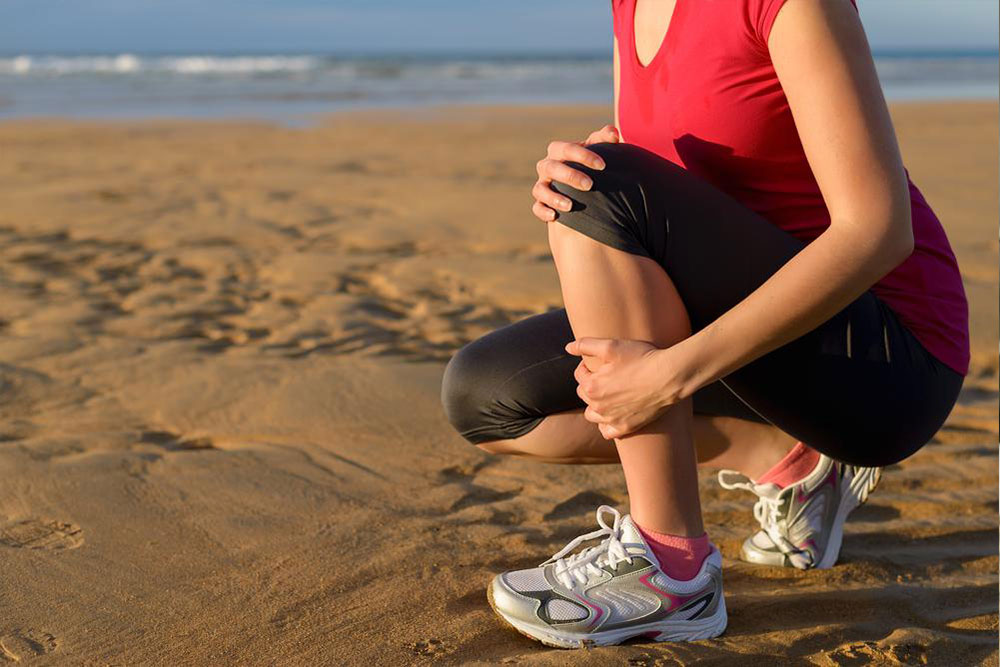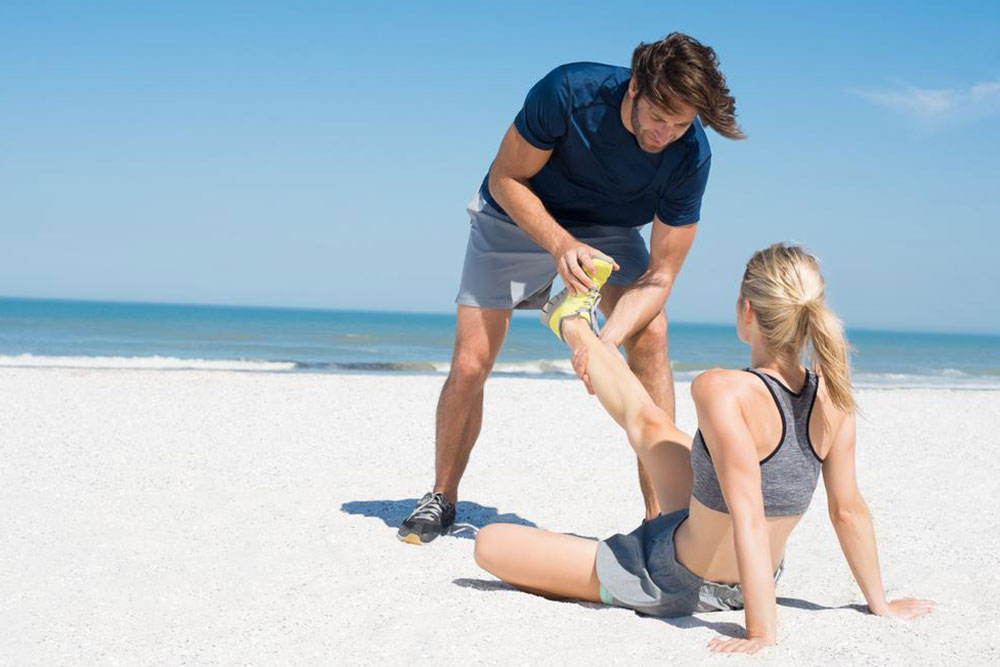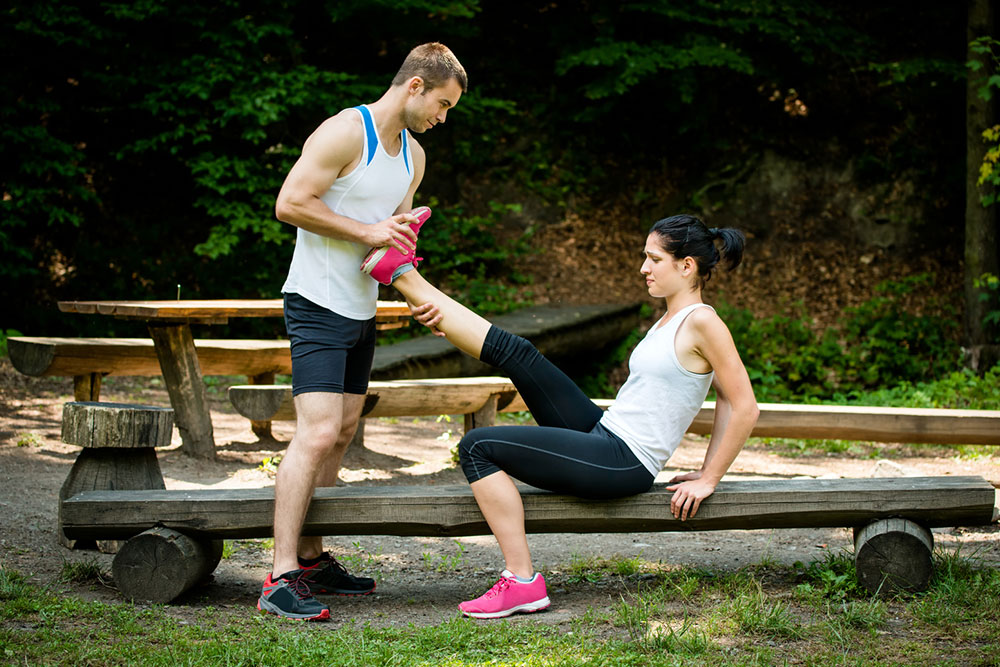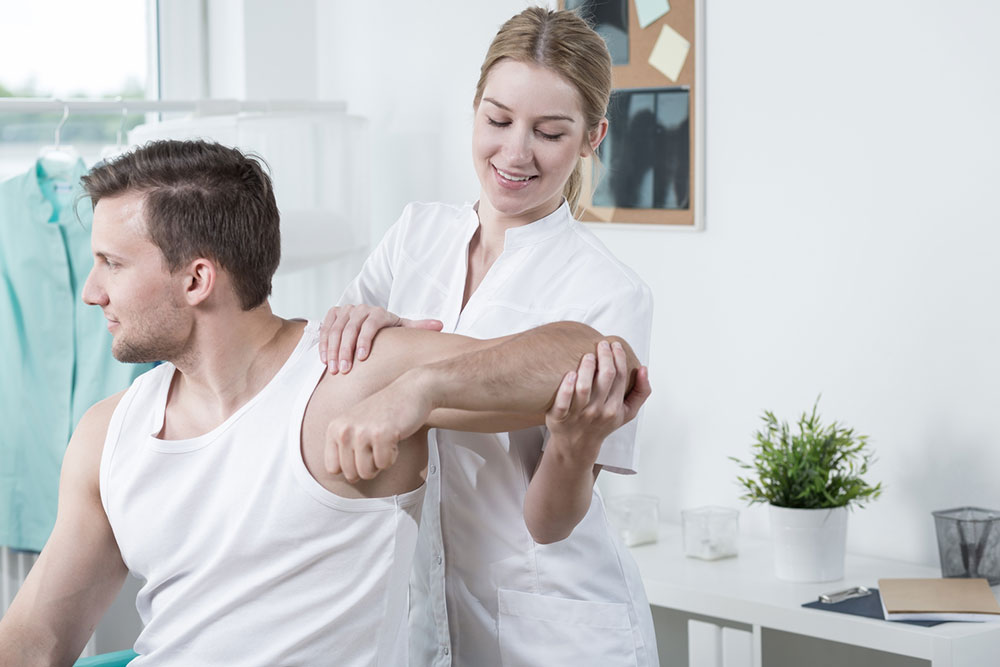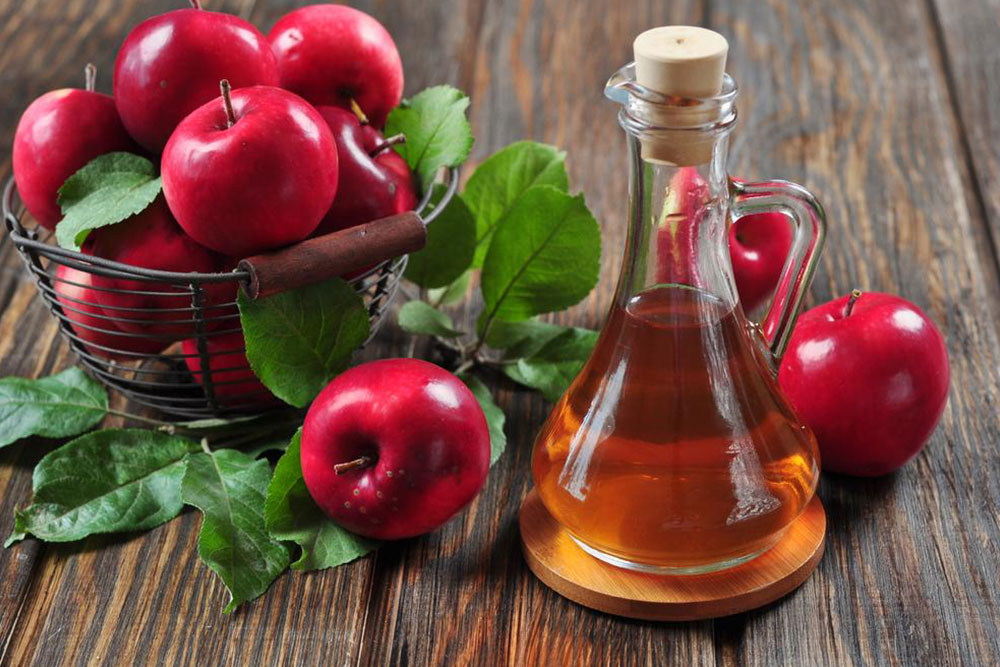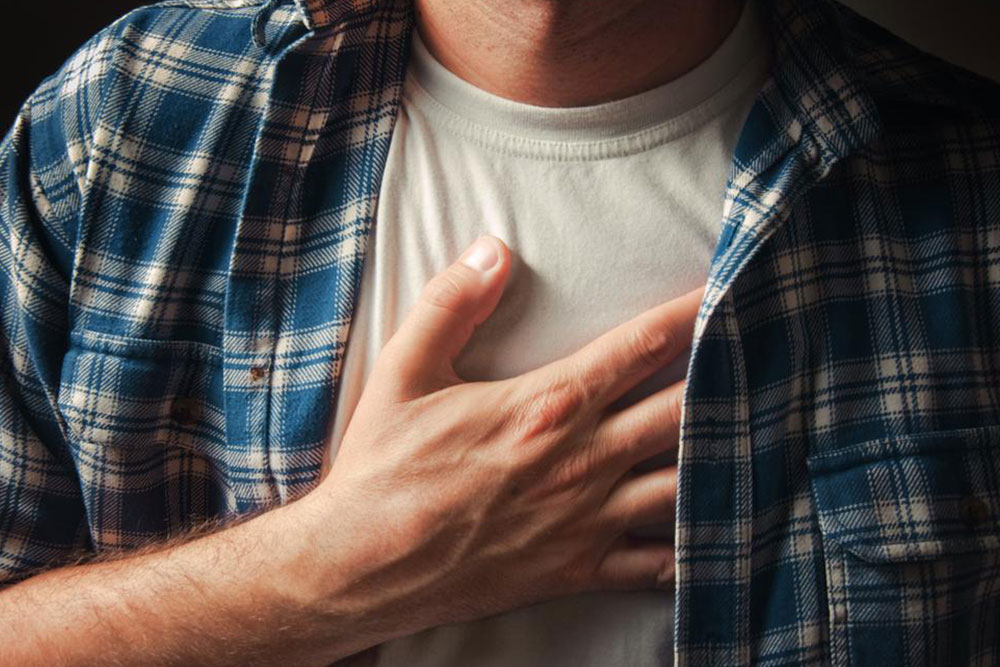Effective Strategies for Alleviating Muscle Cramps
Learn effective methods to relieve muscle cramps using simple home remedies, dietary tips, and lifestyle changes. Discover how massage, heat/cold therapy, and proper nutrition can prevent and alleviate muscle spasms for healthier muscles.

Effective Strategies for Alleviating Muscle Cramps
Discover ways to soothe and prevent muscle cramps
Muscle spasms are a frequent issue, lasting from seconds to over an hour. They can recur until properly addressed. Though common in adults, children may also experience cramps, making effective treatment essential. Understanding the causes and remedies is key to relief. Continue reading to explore effective methods to manage muscle cramps.
What exactly are muscle cramps?
Muscle cramps involve sudden, involuntary contractions of one or more muscles, often triggered by prolonged exercise, physical workload, or hot weather conditions.
Other factors, including certain medications and underlying health issues, can contribute to the development of muscle cramps.
Usually harmless, muscle cramps can sometimes cause intense pain, temporarily hindering movement of the affected area.
What are common symptoms?
Typically affecting leg muscles, especially calves, cramps can also appear in arms, shoulders, or neck.
Symptoms include sudden, severe pain and sometimes visible muscle lumps beneath the skin.
Factors Increasing Cramps Risk
Several elements can elevate the likelihood of experiencing muscle cramps:
Age – Muscle mass decreases with age, making remaining muscles more prone to overstress and cramping.
Dehydration – Especially common among athletes in warm environments, dehydration is a major contributor.
Pregnancy – Pregnant women often face higher risks of muscle cramps due to hormonal and physical changes.
Medical Conditions – Diabetes, nerve, liver, or thyroid disorders can heighten chances of cramps.
Home Remedies for Muscle Relaxation
To quickly relieve muscle cramps, try these proven home treatments:
Massage – Gentle massaging and movement improve blood flow to affected muscles. Stand up, walk around, or stretch the impacted area for quick relief. If severe pain prevents walking, focus on gentle stretching and massage.
If walking isn't feasible, use heat or cold therapy to ease pain:
Heat and Cold Therapy – Apply a warm towel soaked in hot water to relax muscles, or an ice-wrapped towel to numb pain. Alternate between warm and cold compresses for 15-minute intervals until relief occurs. This method minimizes inflammation and alleviates soreness.
Other effective remedies include:
Clove Oil – Known for anti-inflammatory properties, applied topically or ingested, clove oil can relieve cramps, enriched with minerals like potassium and sodium.
Regular Exercise – Consistent workouts help maintain muscle strength, while proper warm-up and cool-down routines prevent sudden cramps.
Diet Modification – Limiting processed, salty, fatty, and sugary foods reduces electrolyte imbalance risk. Eating nutrient-dense foods aids muscle health:
Leafy greens like kale and collards
Cruciferous vegetables such as broccoli and cabbage
Starchy vegetables like sweet potatoes and squash
Omega-3 rich fish low in mercury
Lean meats including chicken and turkey
Fruits high in potassium such as bananas, grapes, oranges, dates, and apricots
Note:
This blog provides practical insights across various health topics. While research-backed, it shouldn't replace professional medical advice. For personalized diagnosis and treatment, consult a healthcare provider. We disclaim responsibility for any discrepancies or missing information compared to other sources.

